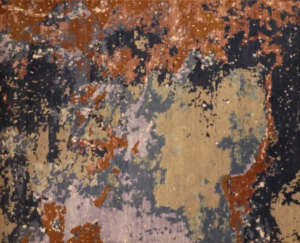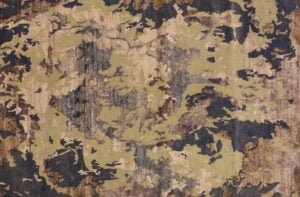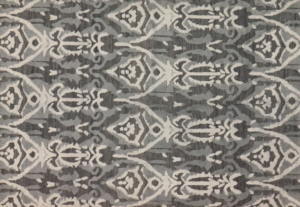The workshop of Hadji Jallili (Haji Jalili) was extremely prominent and fulfilled many important commissions. Thus, it’s best antique rugs requisitioned the finest materials used by master dyers and weavers, coupled with the master’s genius and innovation as a Persian carpet designer. His creations are of two general antique carpet design types, either brilliant floral art carpets with opulent central medallions or meditative, highly decorative overall patterns with dense weaves up to 300 knots per square inch. Very finely detailed“Tree of Life” and “Garden of Paradise” Persian carpet patterns, replete with cypress trees, weeping willows, deer, peacocks and gazelle are also very occasionally seen.
Seldom does Hadji Jallili (Haji Jalili) work employ the predominance of deep red and blue tones that are characteristic of most classical style antique Persian carpets. His unquestionable signature is the remarkably effectual use of a restrained palette of exquisite dyes, some in the very subtlest tones, wed with highly aesthetic, finely drawn patterns. Upon subdued backgrounds of ivory, sand, wheat, terra cotta, and pale rusts and browns, Hadji Jallili (Haji Jalili) masterfully designed vine-formed medallions and fluid arabesques in subtle tones such as rose and coffee. For the more dramatic visual effect, midnight indigo was sometimes used for greater contrast. Due to the high knot density, designs tend to have a porcelain, finely etched property, which is embellished by light backgrounds.

Differences Between Hand-Knotted and Machine-Made Rugs
When you come close to a rug, you might notice



